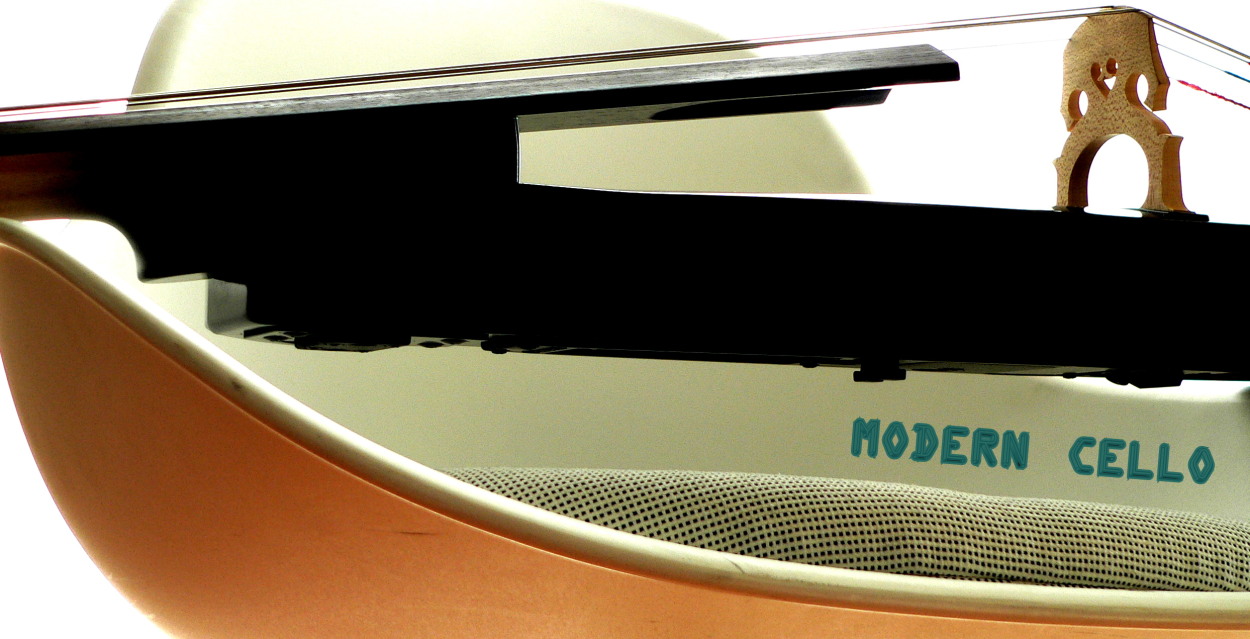
Our cultures of music making are more dissimilar than you might think. I still have one foot in the classical world, but another in the world of singer/songwriters and indie rock n roll. I bring my best game to all a lot of different gigs, and it's the meeting points between cultures that can cause things to unravel.
Classical rehearsals start and end on time. They can end mid-phrase. They are regimented, hierarchical, and for string players individuality is not always a desirable trait. They often involve drawn out back and forth about which bow direction should be used. I enjoy unconventional bowings and I've always thought more time should be spent discussing phrasing than bowings. The upside is your role is totally clear, the page is on your stand, the light will be ok at worst, and you are not waiting for an eternity to pass before people or gear show up - if they do at all.
Playing with bands is fraught with issues. Rock musicians are sometimes unfamiliar with the art of 'cello navigation' (please stay away from my instrument). Monitoring is often an issue. It's part of the reason I bring a rack with a channel strip (eq) to gigs, so I can deliver a great sounding line level to send to the PA. It's no guarantee it will sound good, chances are the board has not been zeroed from last night's post-metal snafu. But with the rack gear the odds are definitely better.
Some of these differences came to light a couple of weeks ago playing a (union) gig with a good Ottawa-based band. It was a live performance and screening of George Romero's "Night of The Living Dead". Awesome movie. So I've got a score and a conductor, but it is also a rock gig. We're in rehearsal and it's going well, the score is comprehensible, interesting, even compelling.
I felt the first waft of cigarette smoke before I saw it. It didn't trail off, but intensified. In a rest I looked up to see the beam from the projector playing, beautifully, on a thick cloud of nicotine.
After this rehearsal I have a lunch meeting, another rehearsal, and then teaching in the evening. My cello smelling like smoke has been added to the agenda.










